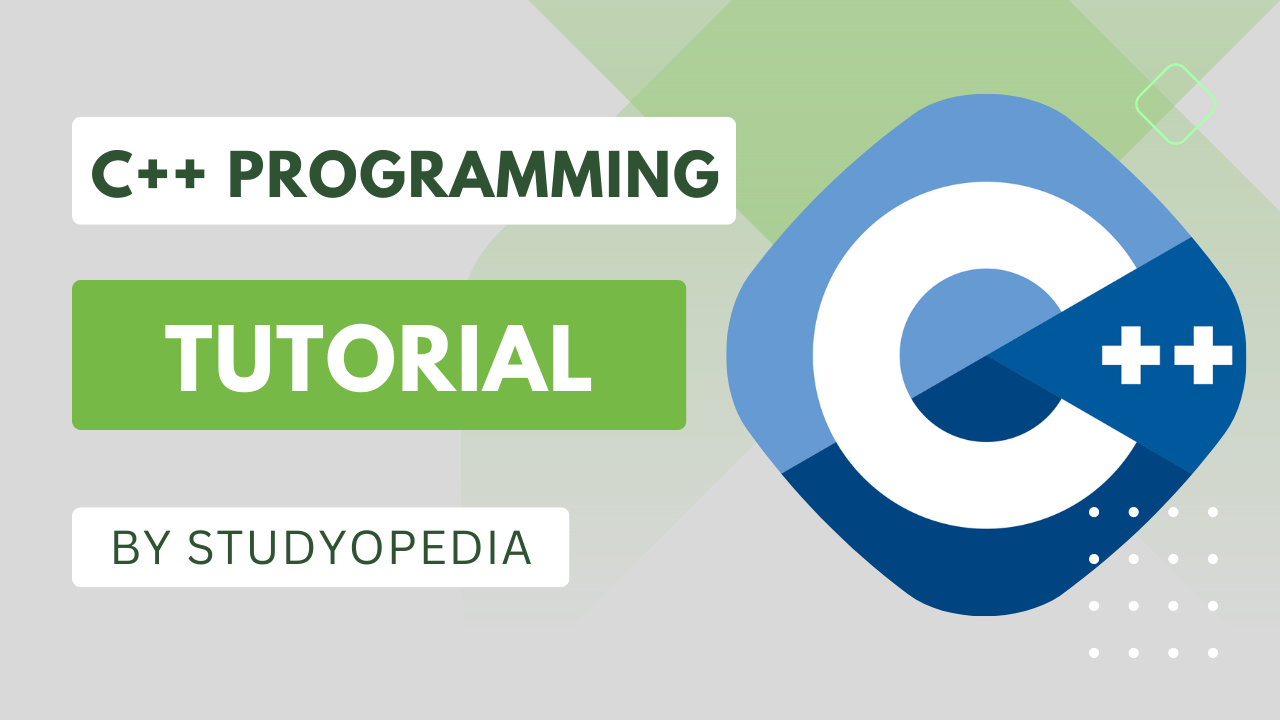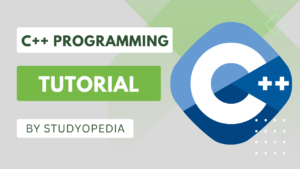
12 Jul C++ Tutorial | Learn C++ Programming
Bjarne Stroustrup came up with the idea of creating a powerful language that combines Simula67 and C. As a result, AT&T Bell Laboratories developed C++ that supports object-oriented features, with the power of both languages.
C++ was also initially known as “C with Classes”, since classes were added, also considering it as an extension of C. Finally, the name C++ was finalized in 1983, considering it an increment of C language.

C++ Features
The following are the features of C++:
- Polymorphism: It is a Greek term that means Poly + morphism i.e. more than one form. It can also be said as different behaviors in different instances.
- Classes: A class is a blueprint, that contains data member and member functions. A class can have any number of objects and therefore a class can be considered as a collection of objects that belong to the same class.
- Objects: An Object in C++ is a runtime entity. They have an associated memory and take space in memory.
- Encapsulation: When you enclose data and functions into a single unit, it is known as Encapsulation. The unit in which the data and functions are enclosed is known as a class.
- Abstraction: When key features are represented without including the background details is known as Abstraction. Classes use it and the attributes are known as data members. Functions in a class are known as member functions. Classes are also known as Abstract Data Types (ADT), since it use the concept of data abstraction with data members and member functions.
- Inheritance: Inheritance brings reusability and supports hierarchical classification. For example, Tshirt class is a part of the Clothing. Inheritance has a base class and a derived class. Typical characteristics are shared by the derived class with the base class (i.e. the class from which it is derived).
Is it hard to learn C++?
No, not at all. If you know the C language, then C++ is “C with Classes”. Yes, this name was actually assigned to C++ initially. If you aren’t aware of C programming, even then, learning C++ is no rocket science. Begin with the basics, as shown in this tutorial, and then move toward practical examples to understand each topic.
Is C++ a dead language
Who said that? Yes, Java and Python are the most trending languages, but the role of C++ will never end. You won’t believe it; even some Python libraries, such as TensorFlow, are written in C++. Even databases such as Postgres and MySQL were developed in C++.
Applications of C++
The following are the real-life applications of C++:
- The MySQL database was written in C++.
- One of the most popular web browsers, such as Mozilla Firefox is written in C++
- Many Python libraries for Data Science and Machine Learning are written in C++, such as OpenCV, TensorFlow, SciPy, etc.
- MongoDB, a NoSQL database is written in a lot of programming languages, one of them being C++.
C++ Quiz
C++ Online Quiz to help you in preparing for Exams, Job Interviews, quizzes, etc. Test your C++ skills with the following Quiz:
Platforms to run C++
Use any of the below platforms to run C++ programs with ease:
Run C++ Online
|
1 2 3 4 5 6 7 8 9 10 |
#include <iostream> using namespace std; int main() { cout << "Hello, World!"; return 0; } |
Viewers
The C++ tutorial is prepared for students, engineers, and professionals. Beginning with the introduction, you will learn how to work with C++ programming. With that, step-by-step lessons are provided covering basic and C++ concepts, including Classes, Objects, Interfaces, Templates, Abstraction, Exception Handling, Inheritance Polymorphism, etc.
C++ Index
The following lessons are covered in the C++ Tutorial,
✔️ Install & Setup
Let’s begin with C++ Introduction.


No Comments